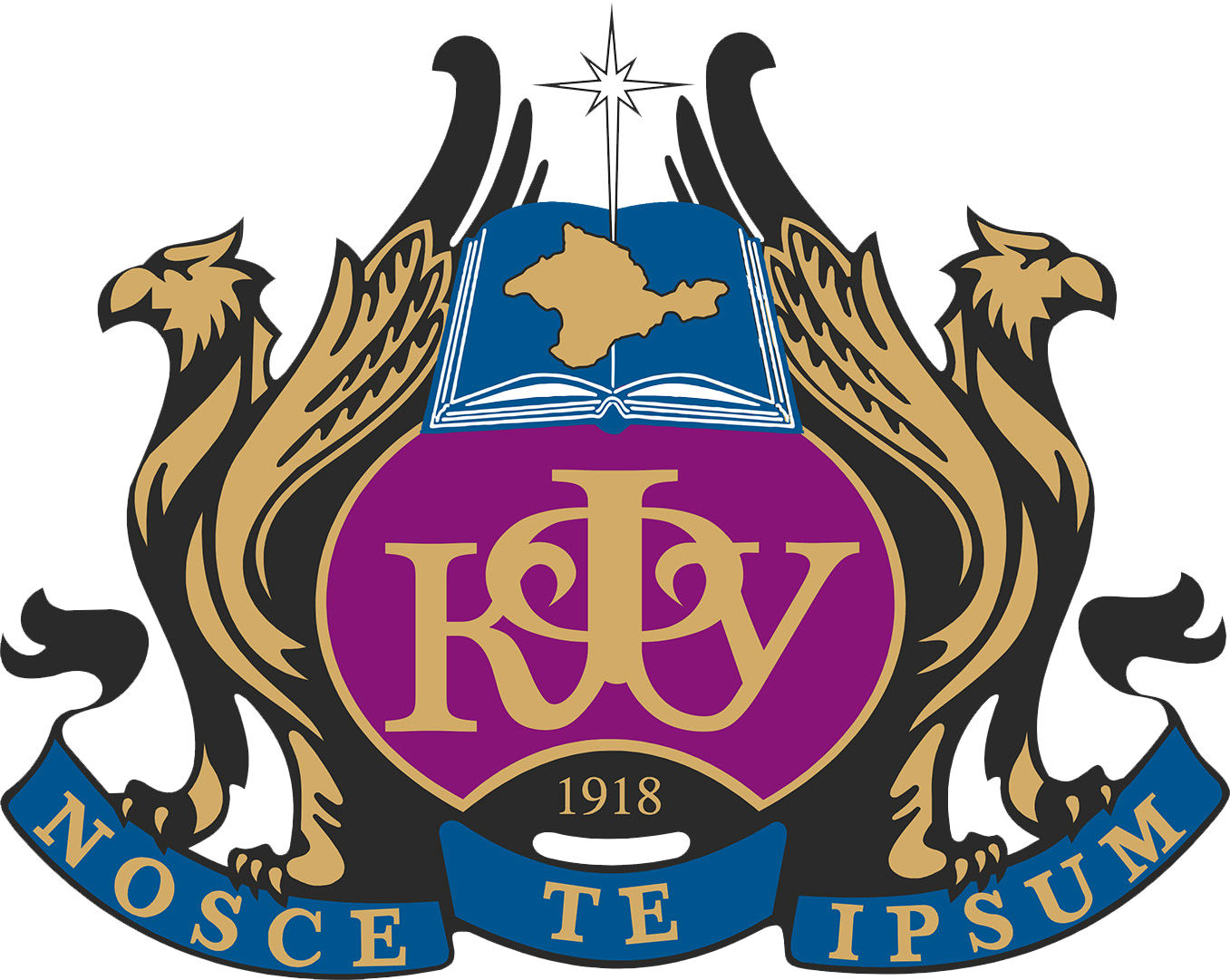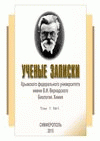Introduction. Studying the influence of multilingualism on the human psyche is an urgent problem in physiology. It is believed that “communicative” mirror neurons played an important role in the emergence of speech and language in humans. However, it is still unclear what changes occur in the speech structures of the brain and, in particular, in the mirror neuron system during the acquisition of a second language. The purpose of this study was to study the activity of mirror neurons in monolinguals and bilinguals when observing and pronouncing emotional and non-emotional words in their native (Russian) and non-native (English) languages. Methods. The study involved boys and girls: monolinguals with English proficiency level A1 (elementary) or A2 (pre-intermediate) on the CEFR (Common European Framework of Reference) scale and bilinguals with English proficiency level B2 (upper intermediate) or C1 (advanced) ). Type of bilingualism: sequential and artificial. Participants in the experiment either silently uttered emotional (“PAIN”) and non-emotional words (ONE) in their native (Russian) and non-native (English) languages with their lips alone, or watched an operator who pronounced those the same words. The words were pronounced by the operator or the subject at the moments when the stopwatch hand on the monitor screen passed through the divisions of 0, 5, 10, etc. seconds. At the same time, the stopwatch hand made 5 revolutions. Before performing the activity and during its implementation, the participants’ EEG was recorded monopolarly using a 24-channel encephalograph-analyzer “Encephalan-131-03” in the frontal (F3, F4, Fz, F7, F8), central (C3, C4, Cz), temporal (T3, T4, T5, T6), parietal (P3, P4, Pz) and occipital (O1, O2) leads according to the “10–20 %” system. Leads A1 and A2 were used as referents. When processing the data obtained, estimates of spectral power were calculated in short segments of the EEG recording (1.5 s), devoid of artifacts: 1.5 s (preparation stage) before the stopwatch hand crosses the corresponding division, immediately after the specified event (action execution stage) and after 1.5 s after the arrow crosses the division (background stage). The obtained spectral power values were averaged separately for each stage of activity, for each series and for all subjects. For statistical data processing, the MatLab v6.5 package and the Wilcoxon test for related samples were used. Results. When preparing and performing speech actions in their native and non-native languages, monolinguals and bilinguals showed multidirectional changes in the spectral power of the mu rhythm at different frequencies. It has been shown that in monolinguals and bilinguals, when observing and pronouncing words, depression of the mu rhythm is observed not only during the performance of a speech act, but also at the stage of its preparation. In bilinguals (men and women), a more pronounced decrease in the spectral power of the mu rhythm was found compared to monolinguals (men and women) when observing and pronouncing emotional and unemotional words in their native and non-native languages, which indicates a more significant activation of “communicative” mirror neurons in bilinguals. This is manifested in the fact that a decrease in the spectral power of this rhythm is observed in bilinguals at different frequencies and in different EEG leads, while in monolinguals the decrease in the spectral power of the mu rhythm is either insignificant or absent. Conclusion. It is assumed that the more pronounced activation of “communicative” mirror neurons in bilinguals when observing and pronouncing words in their native (Russian) and non-native (English) languages is due to the fact that the acquisition of a non-native language is accompanied by an increase in the number of “communicative” mirror neurons in bilinguals in the corresponding zones of the cortex due to neurogenesis.
mirror neurons, spectral characteristics of EEG, mu rhythm, bilingualism, observation and pronunciation of words.
1. Rizzolatti J. and Sinigaglia K., Mirrors in the brain: On the mechanisms of joint action and empathy, 208 p. (Languages of Slavic cultures, Moscow, 2012).
2. Pfurtscheller G., Neuper C. and Krausz G., Functional dissociation of lower and upper frequency mu rhythms in relation to voluntary limb movement, Clin. Neurophysiol., 111 (10), 1873 (2000).
3. Rizzolatti G. and Craighero L. The mirror-neuron system, Annual Review of Neuroscience, 27, 169 (2004).
4. Alikina M. A., Makhin S. A. and Pavlenko V. B., EEG sensorimotor rhythm: amplitude, frequency, topography, age-dependency and functional meaning, Scientific Notes of V. I. Vernadsky Crimean
5. Farina E., Borgnis F. and Pozzo T. Mirror neurons and their relationship with neurodegenerative disorders, J. of Neurosci. Research, 98 (6), 1070 (2020).
6. Emre H., Canberk C., Ferhat K. and Ertan Y. Ayna nron sistemi ve fonksiyonlarina klinik yaklaşim, Journal of Istanbul Faculty of Medicine, 84 (3), 430 (2021).
7. Mrtensson J., Eriksson J., Bodammer N. C., Lindgren M., Johansson M., Nyberg L. and Lvdn M. Growth of language-related brain areas after foreign language learning, Neuroimage, 63 (1), 240 (2012).





